It sounds like something straight out of a science fiction novel: a squishy, yellow, brainless blob, found creeping along damp logs, is now inspiring some of the world’s most brilliant city planners. But truth really can be stranger than fiction. Slime molds—odd, ancient organisms that lack a nervous system—are quietly rewriting the rules of urban design. Their uncanny ability to find the shortest, most efficient paths to food has left scientists awestruck, triggering a wave of research across continents. If you’ve ever felt lost in the chaos of city streets, imagine letting a slime mold design your commute. It’s not just quirky—it’s revolutionary, and it’s happening right now.
Meet the Star: What Exactly Is a Slime Mold?
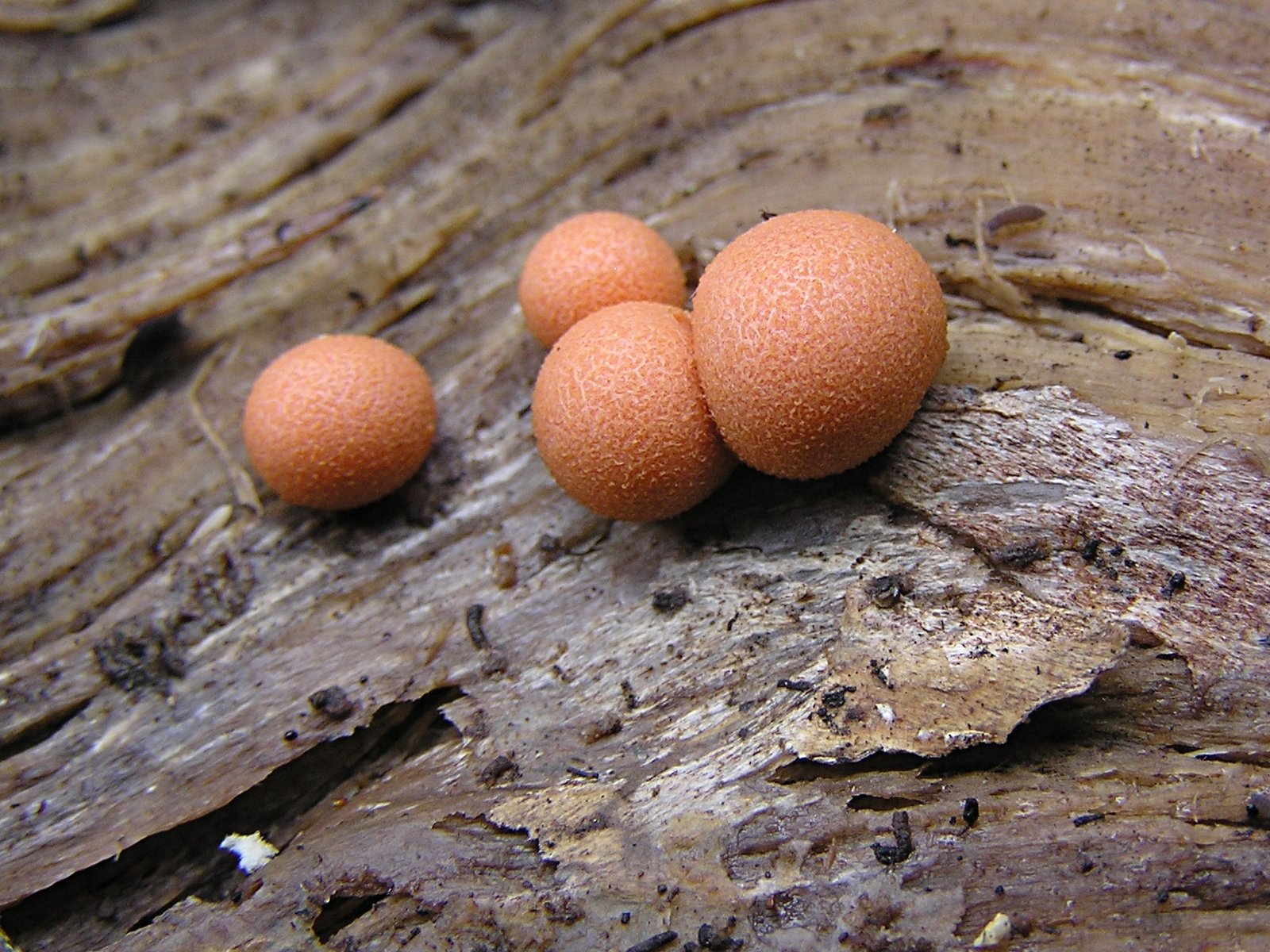
Slime molds are neither plant, animal, nor fungus. They’re protists, a group of simple, single-celled organisms that often congregate into sprawling, multinucleate masses. When you look at one—usually a yellowish, sticky splatter on a log—it almost seems alive with intent, inching outward in all directions. Yet, slime molds have no brains, no nerves, and no central command center. Still, these humble beings can solve complex problems that stump computers. Watching them navigate a maze for food is like seeing a living, breathing algorithm at work—except it’s soft, silent, and mesmerizingly slow.
Brains Without a Brain: The Genius of Decentralized Intelligence
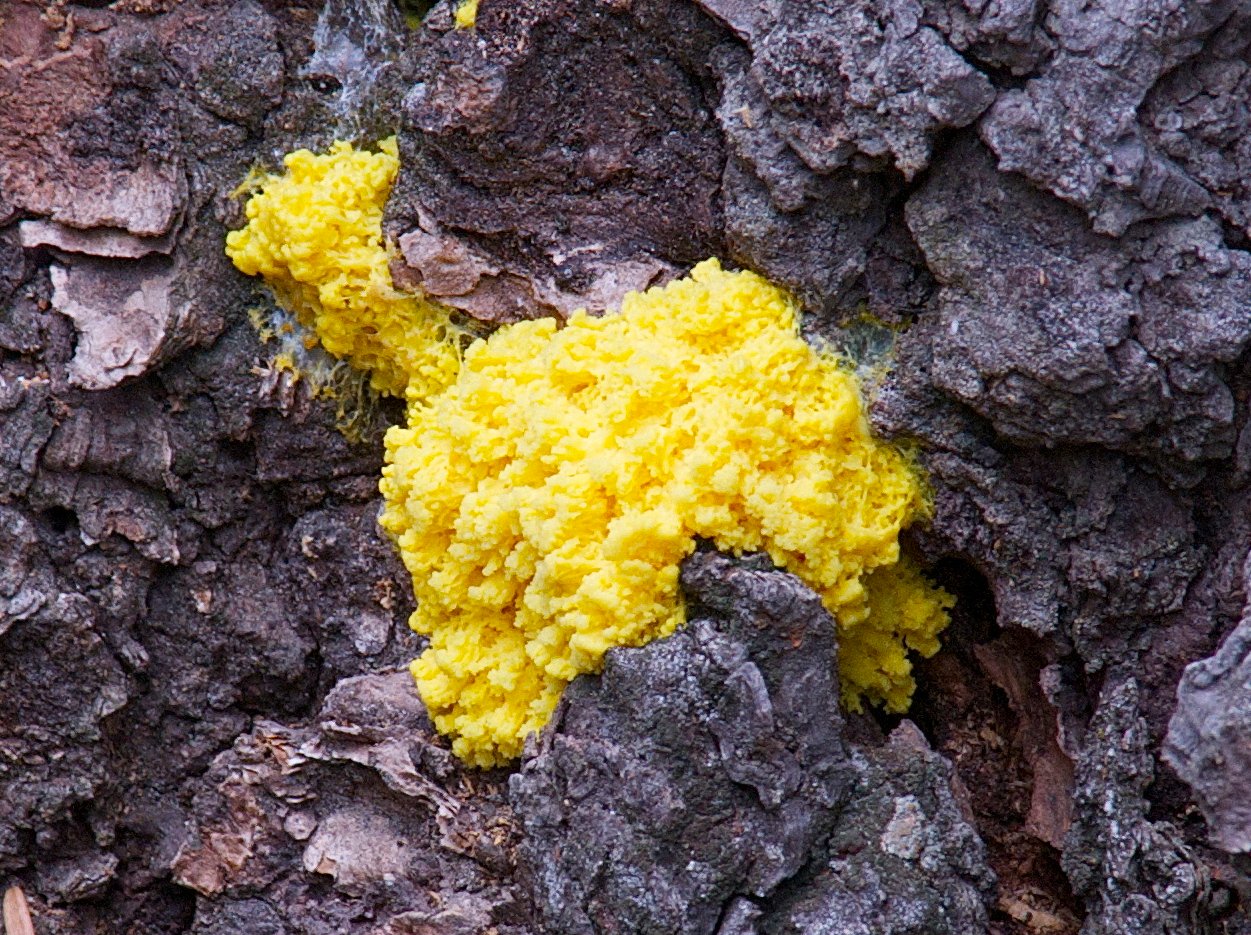
The magic of slime molds lies in something called decentralized intelligence. They don’t have a head or any kind of boss cell calling the shots. Instead, every bit of the slime mold responds to its immediate surroundings, communicating through chemical signals. This allows the whole organism to adapt, optimize, and even “remember” past paths. Scientists are fascinated by how such simple creatures can navigate, adapt, and thrive without any sort of brainpower. It’s a breathtaking reminder that intelligence comes in many forms, and sometimes the most effective solutions are the least conventional.
The Tokyo Rail System: A Famous Slime Mold Experiment
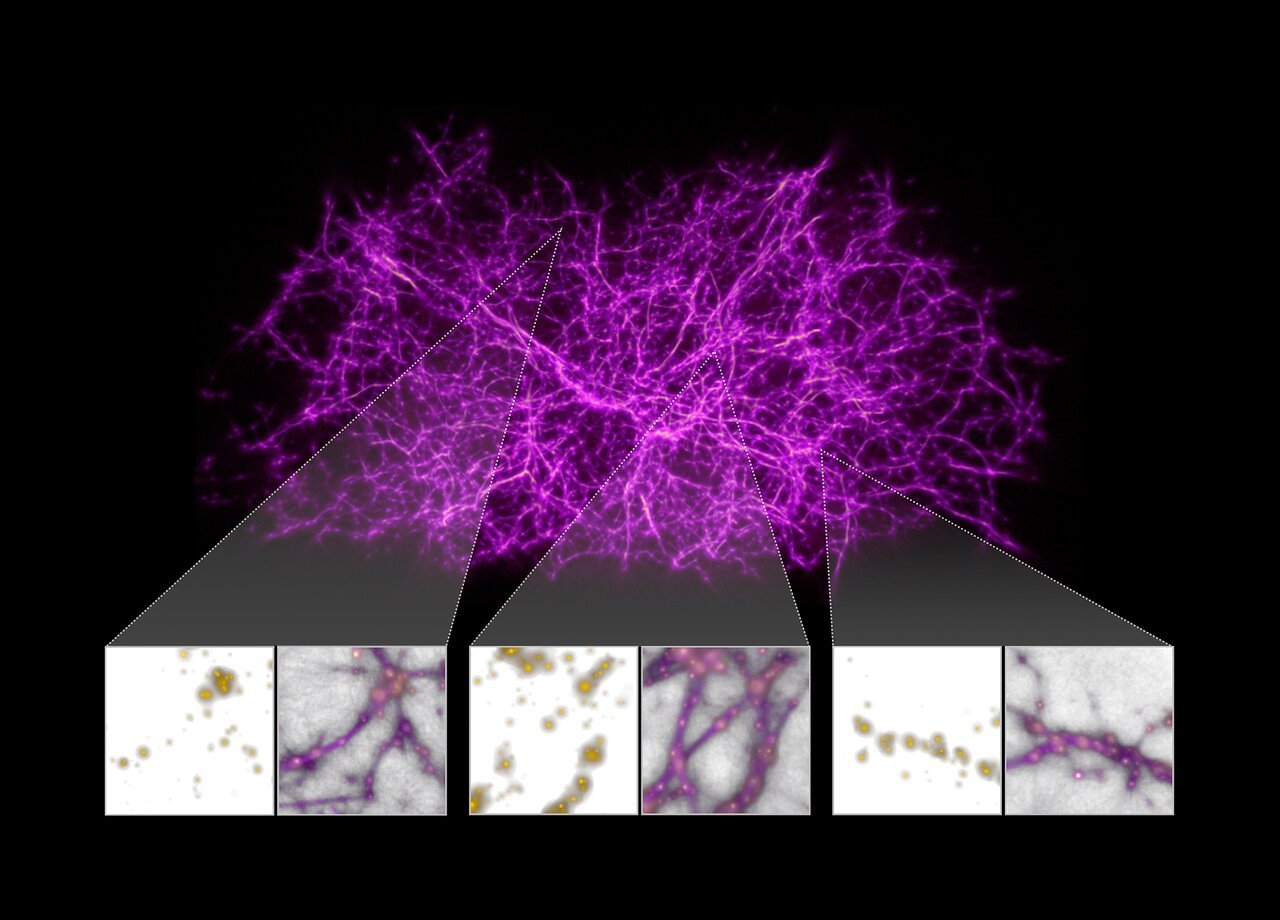
City planners in Tokyo faced a daunting challenge: how to design a rail system that connects all major suburbs efficiently. In a now-famous experiment, researchers placed oat flakes (the slime mold’s favorite snack) on a map representing Tokyo and its suburbs, then let a slime mold loose. Astonishingly, the organism built a network of tubes between the oat flakes that closely resembled the real Tokyo rail system—sometimes even outsmarting human planners by finding shorter or more robust routes. This experiment became a sensation, showing the potential of slime molds to solve real-world logistics problems.
Nature’s Unbeatable Pathfinding Instinct
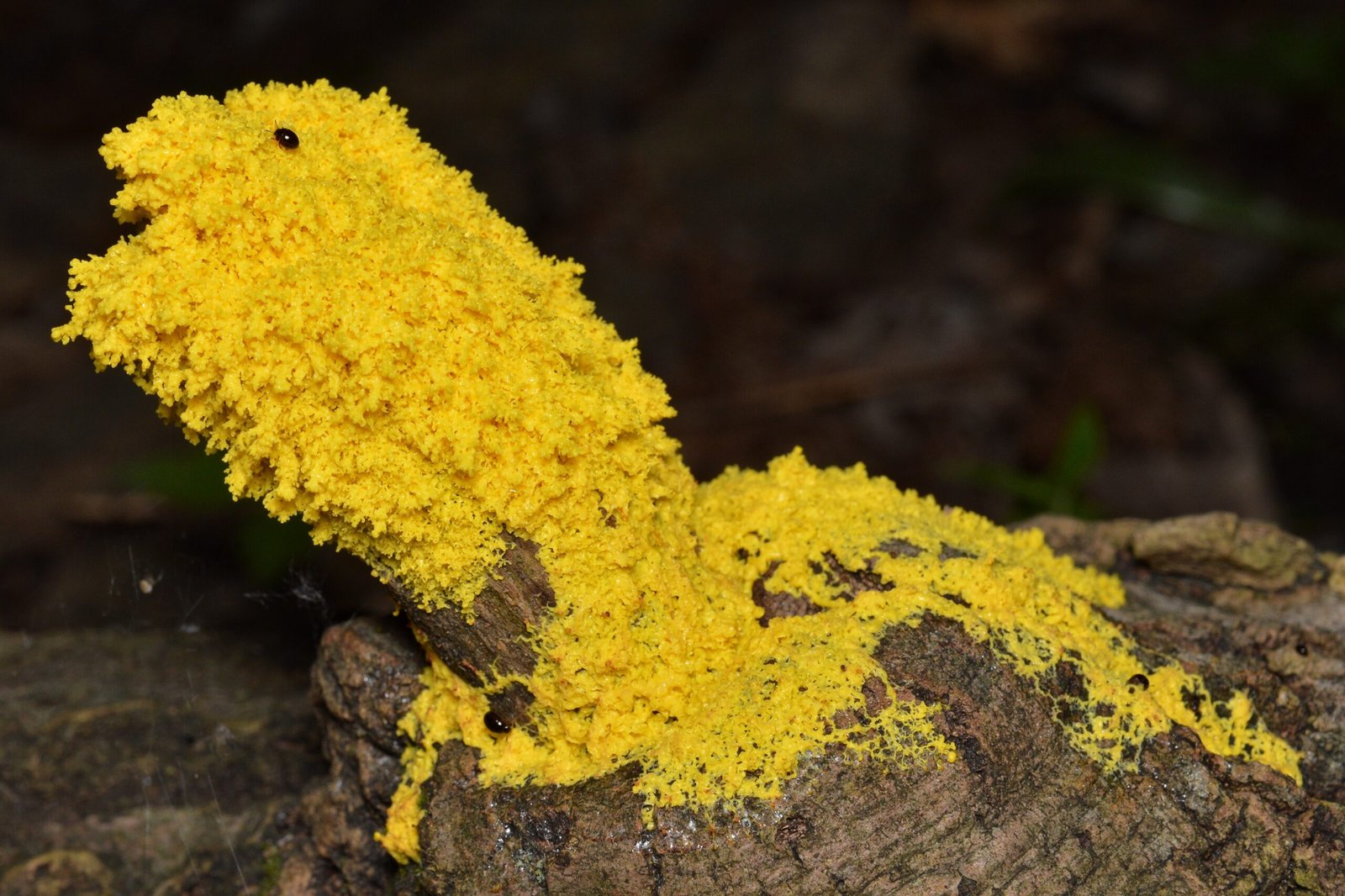
Slime molds excel at pathfinding, always seeking the most efficient route between food sources. They avoid obstacles, reroute when blocked, and even “heal” their networks when parts are damaged. Imagine a city road system that could reroute itself after an accident without human intervention. The slime mold’s way of thinking—if you can call it that—offers a natural blueprint for resilient, flexible infrastructure. For urban designers, it’s like watching nature’s own city planner at work, free from human bias and preconceived notions.
Why Human Planners Are Listening to Slime Molds
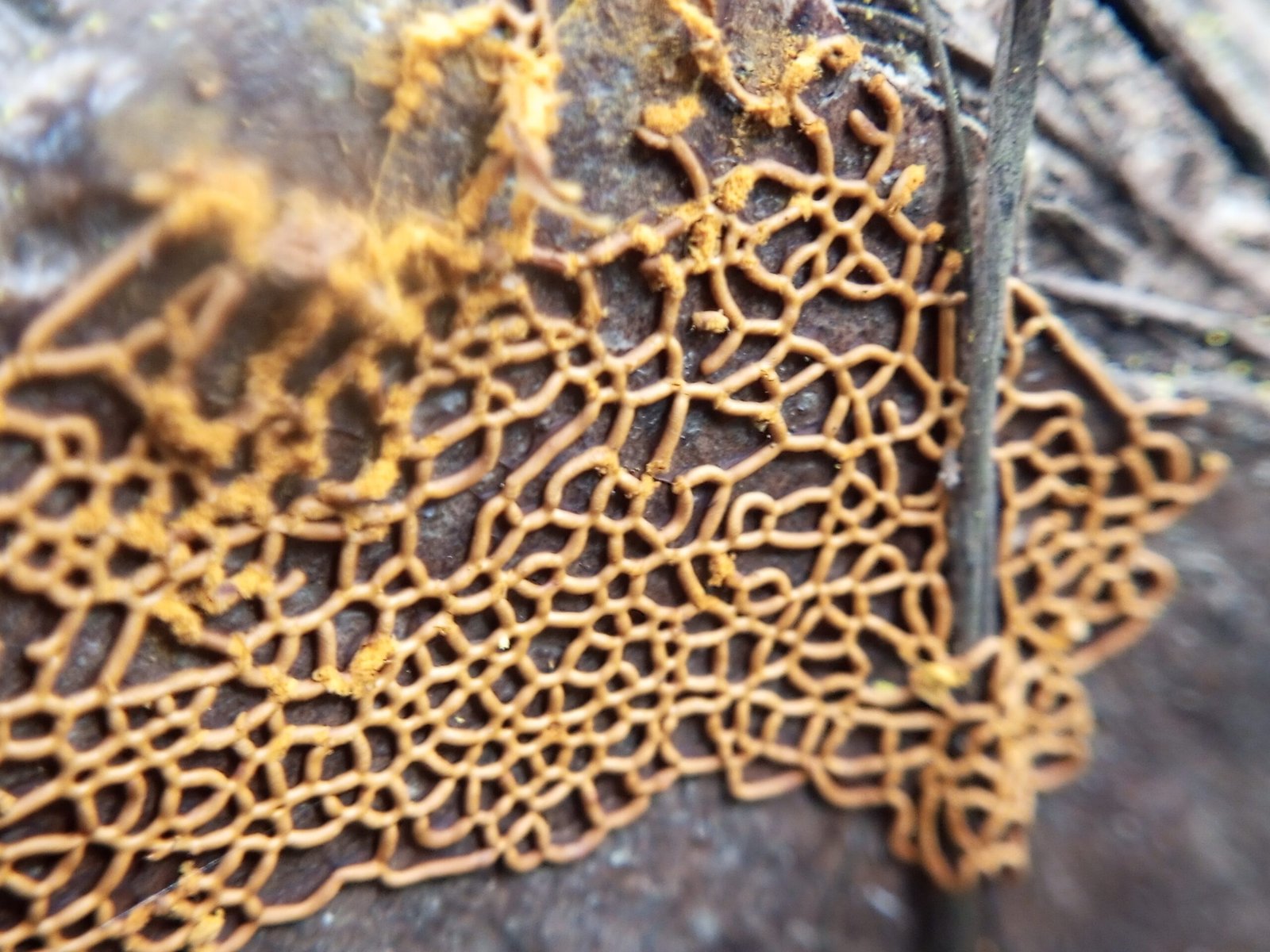
Traditional city planning is often a tangled web of politics, outdated maps, and unpredictable growth. Planners must juggle efficiency, cost, and sustainability—often with imperfect information. Slime molds, on the other hand, have no agenda. Their only goal is survival and efficiency, making them a sort of impartial consultant for urban design. Their ability to “think outside the box” (or, perhaps, without any box at all) has inspired planners to reimagine traffic flow, public transportation, and even evacuation routes in the face of disasters.
From Forest Floors to Urban Jungles: The Journey of an Idea
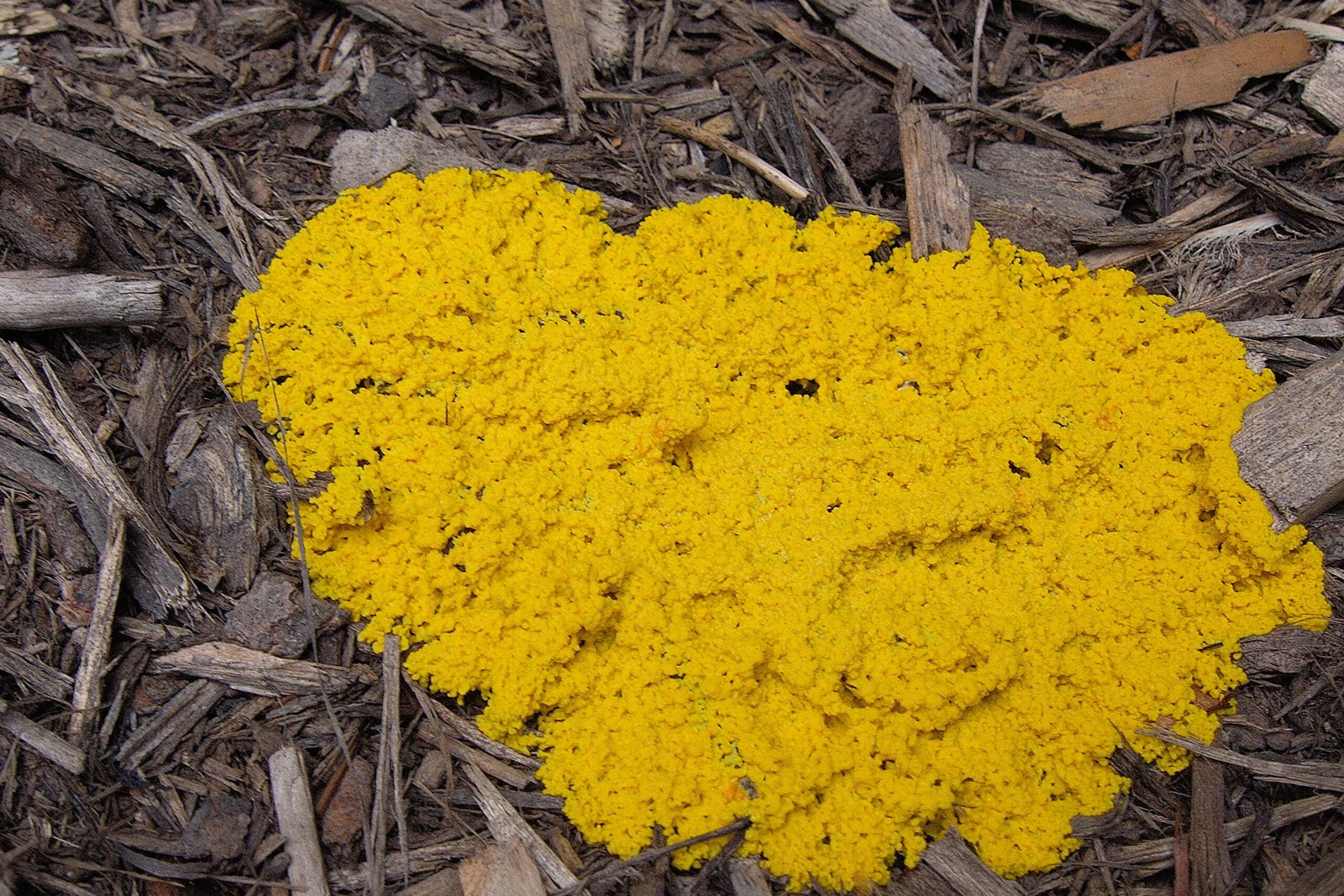
It’s almost poetic: a creature from ancient forests now shaping the cities of tomorrow. Researchers extract lessons from slime molds by translating their trail-building behavior into computer algorithms. These algorithms can then be used to simulate city growth, traffic patterns, and transportation networks. The journey from mossy log to metropolitan grid highlights the unexpected ways in which nature’s old wisdom can meet humanity’s newest challenges—a meeting of worlds that feels both surreal and inspiring.
Learning from Failure: Slime Molds and Resilience
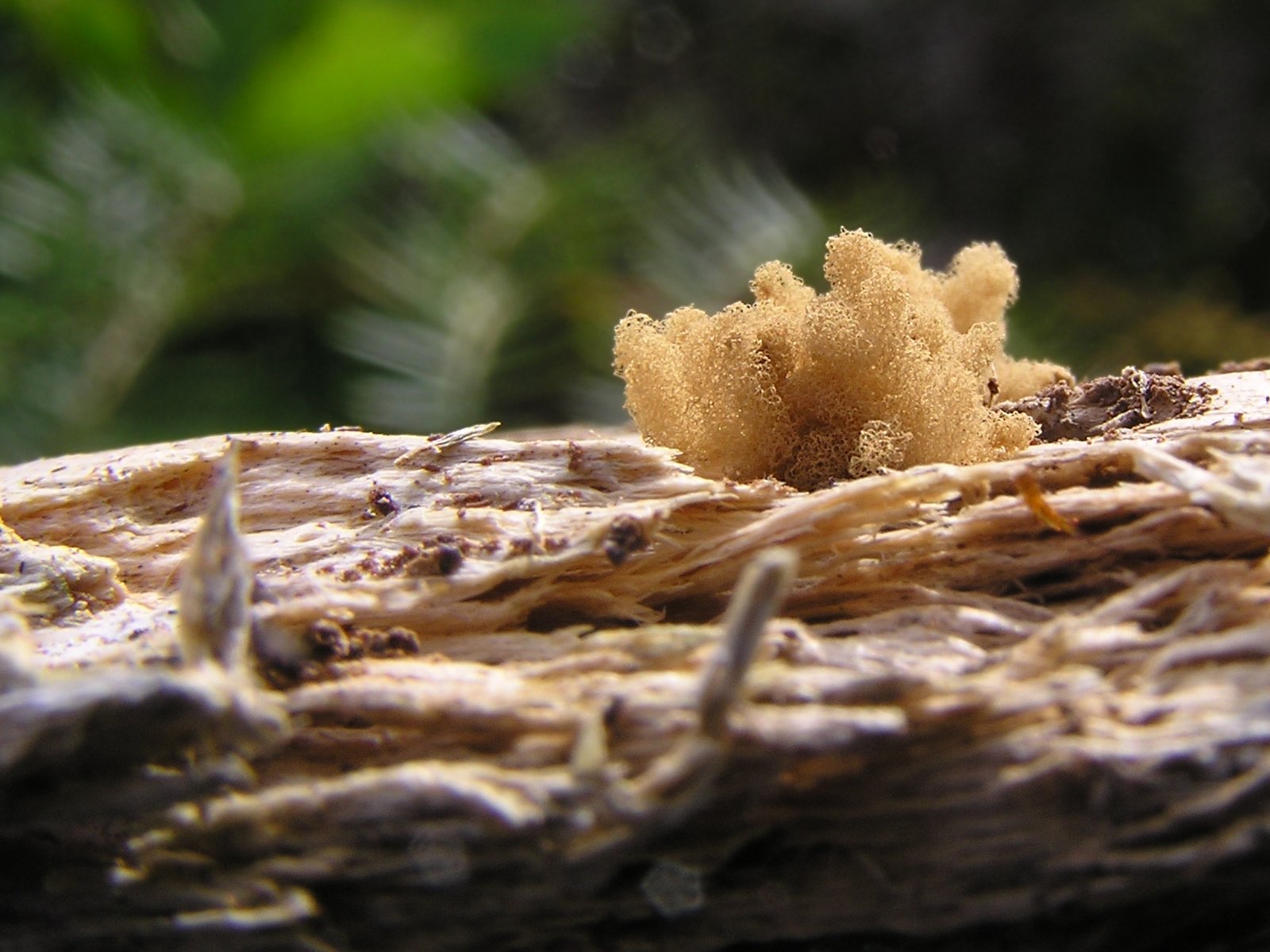
Unlike rigid human-made systems, slime molds are masters of adaptation. When faced with a dead-end or a broken path, they simply grow in a new direction. This resilience is a powerful lesson for city designers, who must build systems that can withstand accidents, natural disasters, or sudden surges in population. Watching a slime mold recover from setbacks is like seeing hope in action: it keeps moving, keeps searching, never giving up. City planners now seek to weave the same adaptive spirit into the fabric of our urban environments.
Algorithmic Inspiration: Turning Slime Mold Behavior Into Computer Code
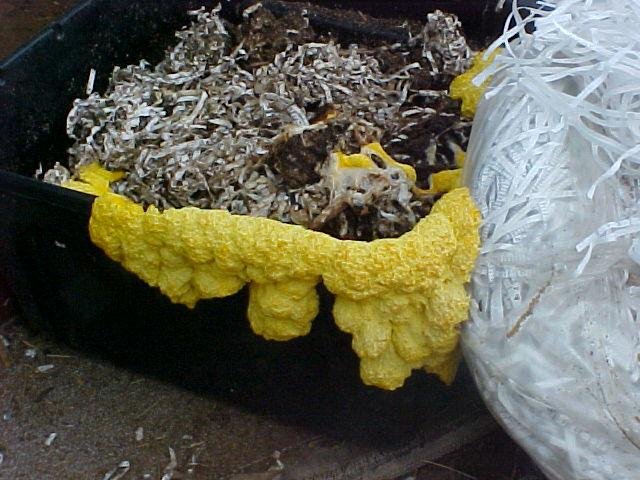
Scientists have translated slime mold behavior into algorithms that help computers solve complex logistical problems. These “bio-inspired” algorithms are now used to design more efficient networks for things like internet data flow, shipping routes, and emergency response systems. Unlike traditional algorithms, which may get stuck looking for a single “best” solution, slime mold-inspired codes explore many possibilities, finding creative ways around obstacles. It’s like giving your computer a dash of natural cunning—and the results are often surprising.
Sustainability: Building Greener Cities with Slime Mold Wisdom
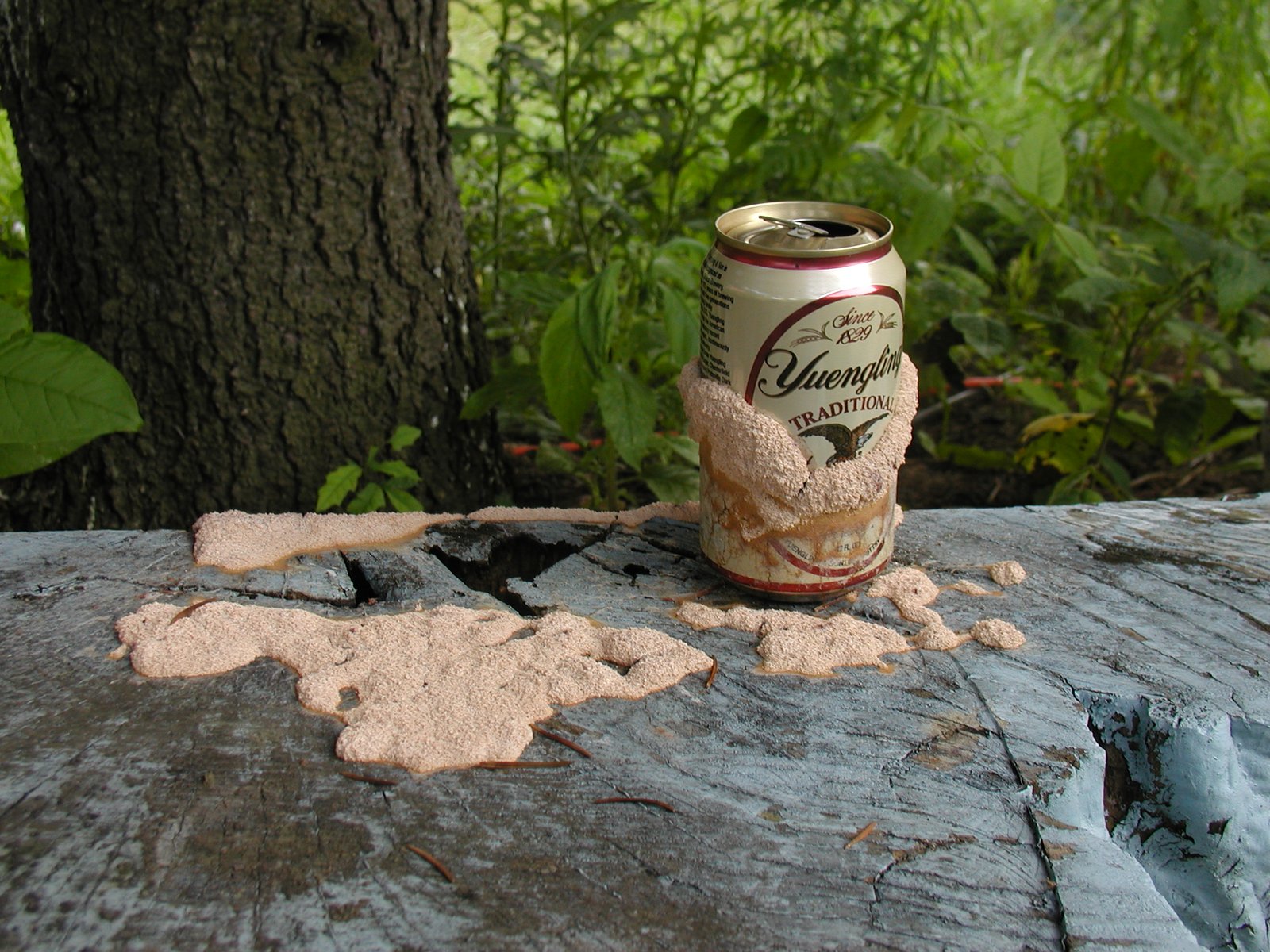
Slime molds are the ultimate recyclers, always searching for the path of least resistance and minimal waste. Their networks are lean and efficient, using the least amount of energy possible. This has inspired urban designers to build more sustainable cities, with roadways and transport systems that reduce emissions, save resources, and leave a lighter footprint on the earth. The slime mold’s pursuit of efficiency is a gentle nudge for humans to do better—for the planet and for ourselves.
Evacuation Planning: Learning Survival from a Single Cell
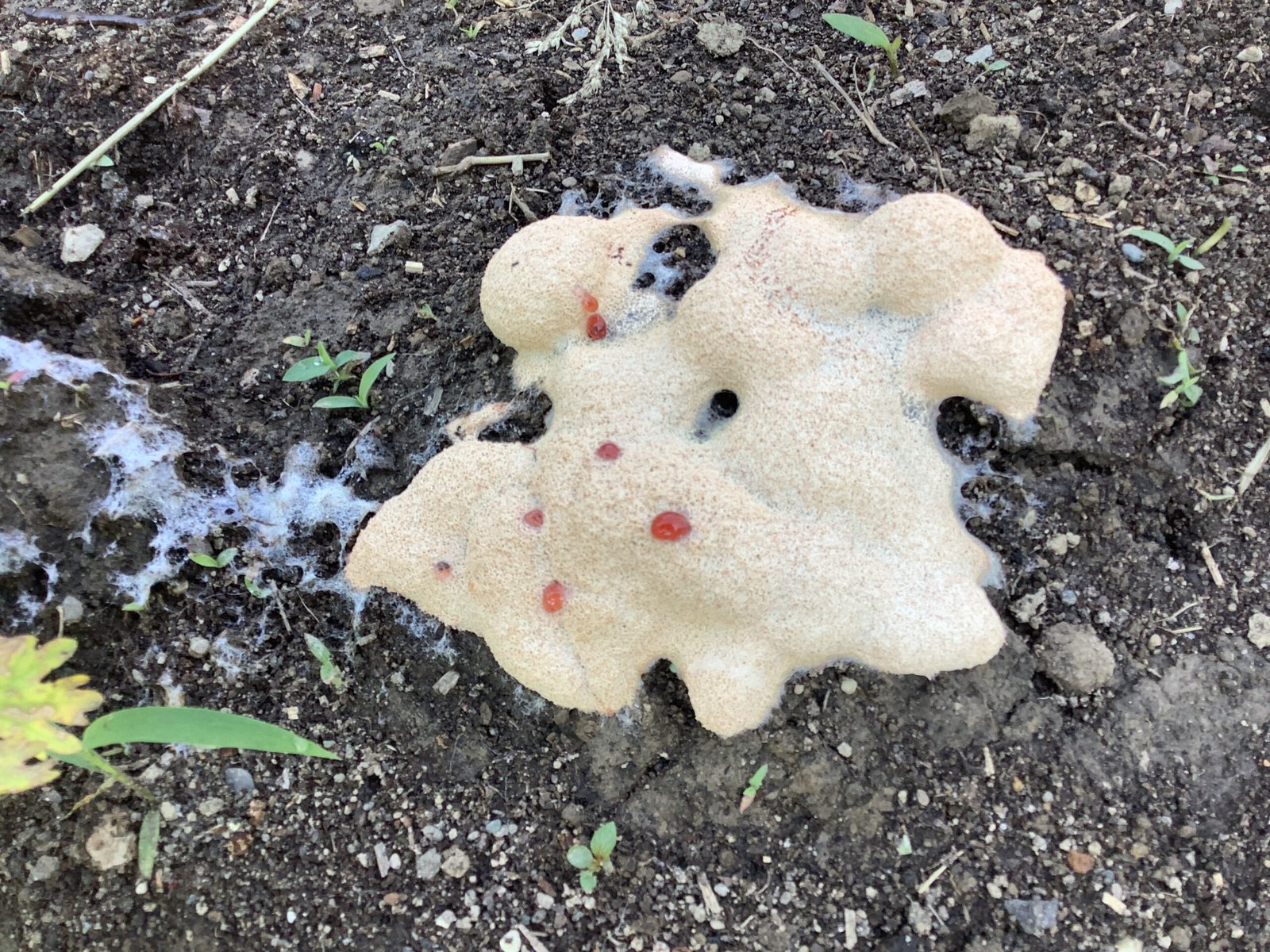
In emergencies, every second counts. Slime molds instinctively find the fastest escape routes from danger, splitting and reforming as needed. Planners have begun modeling city evacuation routes on slime mold paths, hoping to save lives in the event of fires, floods, or earthquakes. By mapping exits and potential hazards as food sources and obstacles, researchers can mimic the slime mold’s survival instinct, helping crowds escape quickly and safely. It’s a striking example of how a simple organism can teach us about resilience in the face of catastrophe.
Traffic Jams and Urban Chaos: Can Slime Molds Help?
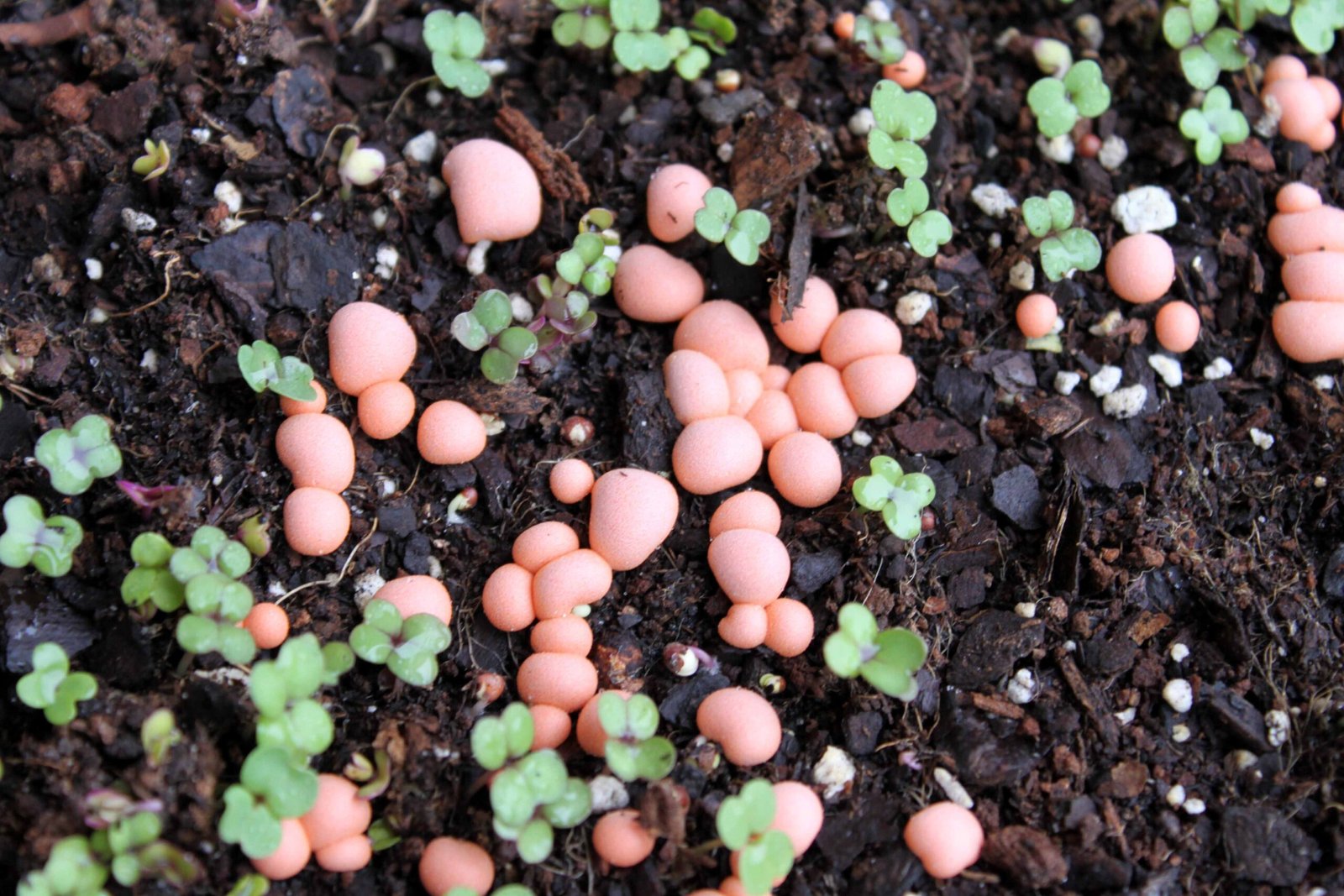
If you’ve ever been stuck in traffic, you know how maddening human-designed systems can be. Slime molds, however, never create traffic jams. Their networks constantly adjust to changing conditions, thinning out unused routes and thickening busy ones. Scientists are now exploring how this approach could inform smarter traffic management, reducing congestion and frustration. By adopting a slime mold’s flexible, responsive system, cities might one day flow as smoothly as these organisms ooze across the forest floor.
Slime Molds and the Smart City Revolution
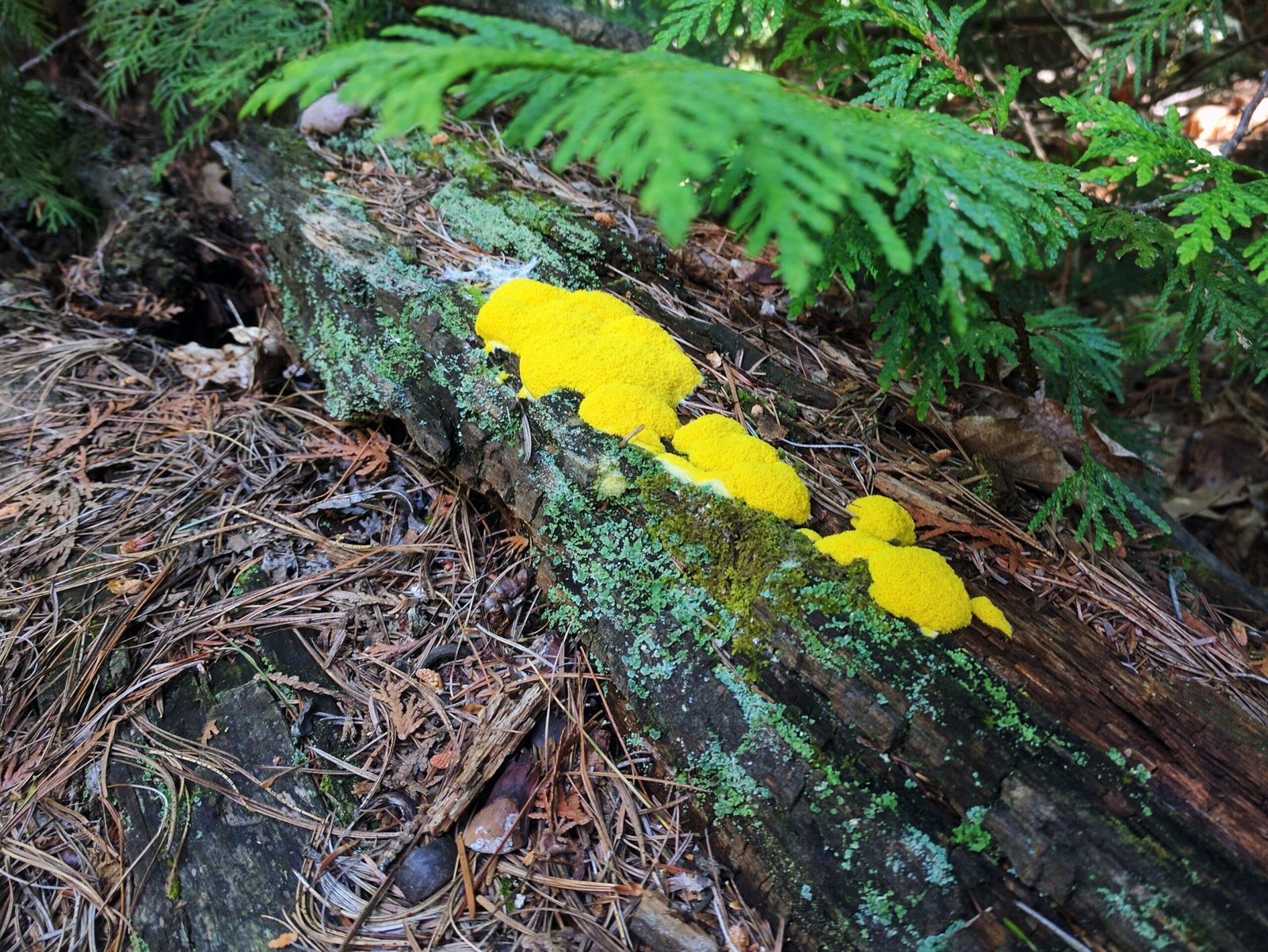
As cities become “smarter,” integrating sensors, data, and automation, the need for organic, adaptive design grows. Slime molds offer a living example of a system that adapts in real time to its environment. Integrating slime mold-inspired thinking into smart city planning could lead to networks that self-correct, heal, and optimize on the fly. The dream is a city that thinks for itself—a living, breathing urban organism, fueled by nature’s own algorithms.
Education and Outreach: Inspiring the Next Generation
Slime molds aren’t just for scientists and city planners. Schools and museums now use them to inspire curiosity about science, math, and nature. Watching a slime mold solve a maze is a lesson in patience, creativity, and the power of unconventional thinking. Kids and adults alike are drawn to these strange creatures, seeing in them a model for problem-solving that’s both fun and profound. It’s a small but powerful way to spark the next wave of innovators.
Unexpected Creativity: When Slime Molds Surprise Even Scientists
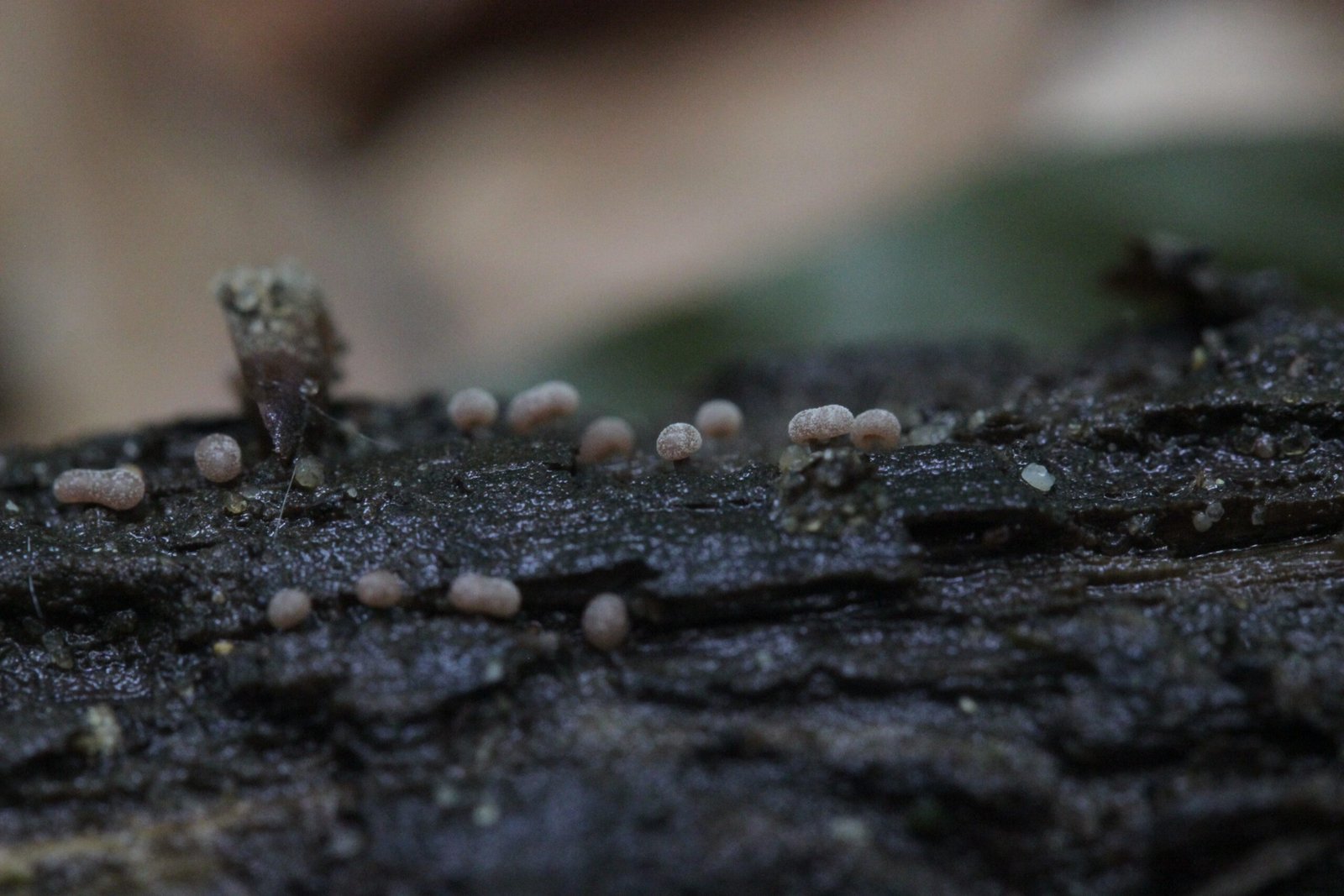
Sometimes, slime molds come up with solutions no human would ever consider. In experiments, they’ve bypassed obvious routes, found shortcuts, or even “invented” new patterns of movement. This unpredictability is both thrilling and humbling. It reminds us that nature’s creativity far surpasses our own, and that sometimes the best answers come from the most unexpected places. For city planners, this means keeping an open mind—and a willingness to be surprised.
Limitations: Where Slime Mold Thinking Falls Short
Of course, slime molds aren’t perfect. They don’t understand human needs like safety, aesthetics, or cultural significance. They can’t factor in politics or economics. Their solutions, while efficient, may not always translate directly into practical city designs. Recognizing these limits is essential. Scientists use slime mold insights as a starting point, blending them with human wisdom and local knowledge to create workable, livable cities.
Global Impact: Slime Mold-Inspired Planning Around the World
From New York to Mumbai, city planners are experimenting with slime mold-inspired networks. Some cities have used slime mold algorithms to redesign bus routes, optimize bike lanes, or plan new green spaces. Others have applied the lessons to delivery networks or disaster response strategies. The global reach of this research points to a universal truth: nature’s solutions often hold the key to our most stubborn problems, no matter where we live.
Personal Reflections: A Scientist’s Perspective
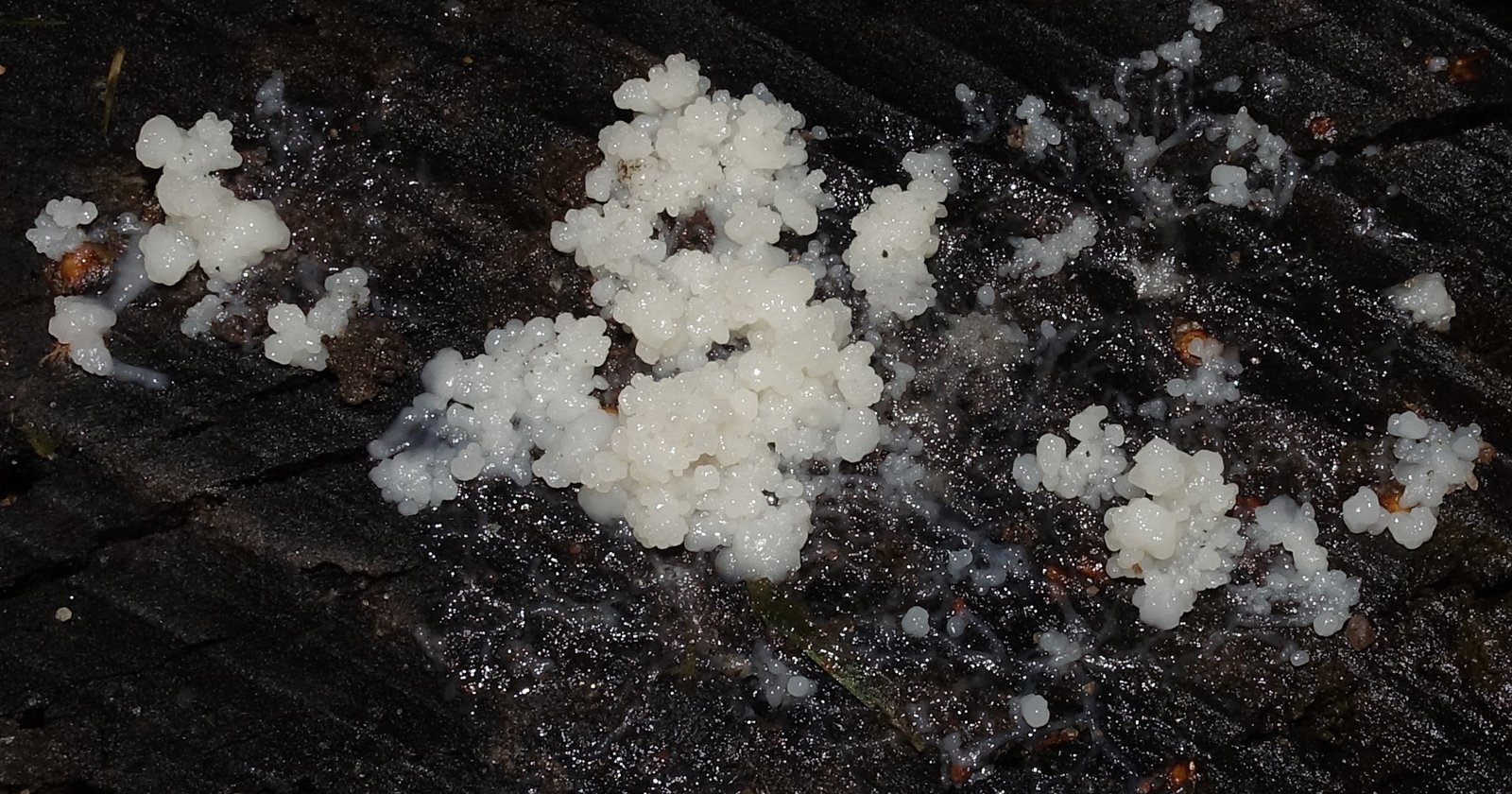
One urban designer once said, “Working with slime molds is like collaborating with an alien intelligence.” The experience is humbling, sometimes frustrating, and always illuminating. There’s a sense of wonder in watching a mindless organism solve a maze that stumped a roomful of engineers. It challenges our arrogance, reminding us that intelligence comes in many forms—and that sometimes, the best teacher is a blob in the woods.
The Future: Where Do We Go from Here?

As research continues, scientists are excited to see what else slime molds can teach us. With advances in artificial intelligence and urban sensors, the next generation of city planning could be more organic, adaptable, and efficient than ever. Slime molds will likely play a starring role, guiding us toward cities that are as resilient and dynamic as nature itself. The possibilities stretch as far as the imagination—and perhaps even further.
Connecting the Dots: Lessons for a Chaotic World
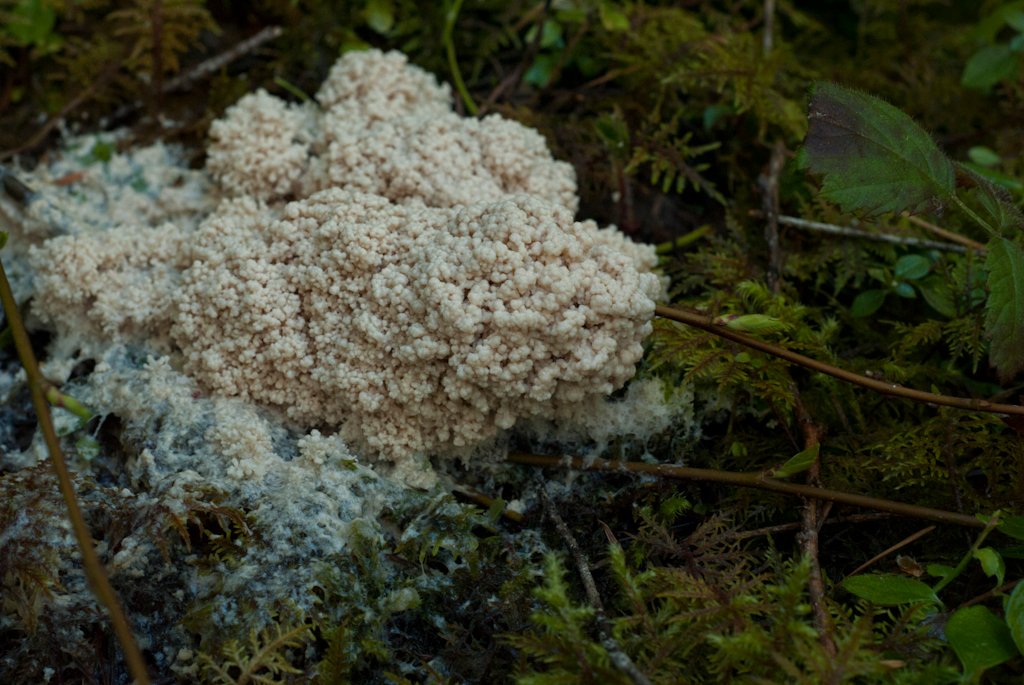
At its heart, the story of slime molds and city planning is a story of connection. It’s about finding order in chaos, resilience in fragility, and wisdom in unlikely places. As we face the challenges of a crowded, unpredictable world, the humble slime mold offers a beacon of hope—a reminder that there’s always a way forward, no matter how tangled the path may seem. What could we learn if we dared to think like a slime mold?




